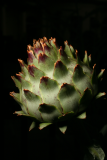Additional notes (click to expand)
Medicinal
Medicinal uses
Uses supported by clinical data
Treatment of digestive complaints (e.g. dyspepsia, feeling of fullness, flatulence,
nausea, stomach ache and vomiting) (15, 22, 23). Adjunct treatment
of mild to moderate hypercholesterolaemia (22, 24–27).
Uses described in pharmacopoeias and well established documents
Orally for the treatment of atherosclerosis and kidney dysfunctions (diuretic)
(5).
One study has indicated that the crude drug may be of benefit for the
treatment of irritable bowel syndrome (28), but further randomized controlled
clinical trials are needed before any therapeutic recommendations
can be made.
Uses described in traditional medicine
Oral treatment of anaemia, diabetes, fever, gout, rheumatism and urinary
stones (7, 9, 29).
From WHO Monographs on Selected Medicinal Plants Vol 4 2005, WHO Geneva
Nomenclature
also called Cardoon, Globe artichoke
Other use
Cynara cardunculus L. Asteraceae. Cardoon, Globe Artichoke, Artechokes, Scolymos cinara, Cynara, Cinara. Distribution: Southern Europe and North Africa. Lyte (1576) writes that Dodoens (1552) could find no medical use for them and Galen (c.200 AD) said they were indigestible unless cooked. However, he relates that other authors recommend that if the flower heads are soaked in strong wine, they 'provoke urine and stir up lust in the body.' More prosaically, the roots boiled in wine and drunk it cause the urine to be 'stinking' and so cures smelly armpits. He adds that it strengthens the stomach so causing women to conceive Male children. He goes on to say that the young shoots boiled in broth also stir up lust in men and women, and more besides. Lyte (1576) was translating, I think with elaborations, from the chapter on Scolymos cinara, Artichaut, in Dodoen's Croydeboeck (1552) as L'Ecluse's French translation, Dodoens Histoire des Plantes (1575) does not mention these latter uses, but Dodoen's own Latin translation, the Pemptades (1583), and Gerard's Herbal (1633) both do so. It is useful in understanding the history of these translations to realise that Gerard uses, almost verbatim, the translation of the 'smelly armpit' paragraph from Lyte.
Oakeley, Dr. Henry F. (2013). Wellcome Library notes.
link
Geographical distribution
- Africa, Macaronesia, Canary Is.
- Africa, Northern Africa, Algeria
- Africa, Northern Africa, Libya
- Africa, Northern Africa, Morocco
- Africa, Northern Africa, Tunisia
- Europe, Southeastern Europe, Albania
- Europe, Southeastern Europe, Greece
- Europe, Southeastern Europe, Italy
- Europe, Southwestern Europe, France
- Europe, Southwestern Europe, Portugal
- Europe, Southwestern Europe, Spain
Cynara cardunculus L.
Family: ASTERACEAEGenus: Cynara
Species: cardunculus L.
Common names: Cardoon
Pharmacopoeia Londinensis name: Cynarae
Distribution summary: N. Africa to S. Europe
Habit: Perennial
Hardiness: H4 - Hardy; average winter
Habitat: Short grassland on stony soil, from sea level to 2300m
Garden status: Currently grown
Garden location: Europe & Middle East (J)
Flowering months: August, September
Reason for growing: Medicinal
.JPG)
.JPG)
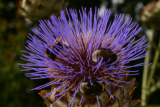
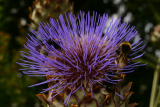
.JPG)
.JPG)
.JPG)
.JPG)
.JPG)
.JPG)
.JPG)
.JPG)

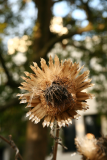


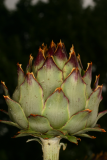


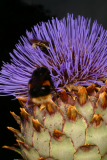
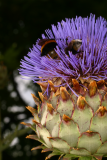

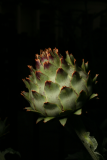
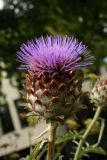
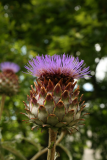
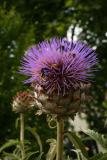
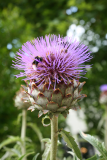

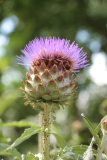
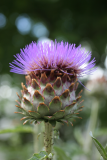
.JPG)
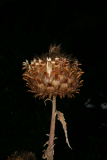

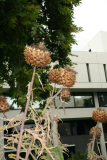
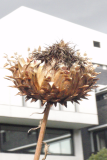
.JPG)
